Lacecap Hydrangea Varieties That Will
Lacecap Hydrangea Varieties That Will Wow Your Garden
Lacecap hydrangeas are a beautiful and versatile addition to any garden. They are known for their delicate, lacy flowers that bloom in a variety of colors, from blue to pink to white. Lacecap hydrangeas are also relatively easy to care for, making them a great choice for even beginner gardeners.
In this blog post, we will discuss some of the best lacecap hydrangea varieties. We will also provide tips on how to grow and care for these beautiful plants.
What is a Lacecap Hydrangea?
A lacecap hydrangea is a type of hydrangea that has two types of flowers: sterile and fertile. The sterile flowers are the larger, lacy flowers that surround the fertile flowers. The fertile flowers are smaller and less showy, but they are important for producing seeds.
Lacecap hydrangeas are native to Asia, and they are now grown in gardens all over the world. They are known for their long blooming period, which can last from early summer to late fall.
Types of Lacecap Hydrangeas
There are many different types of lacecap hydrangeas available, each with its own unique characteristics. Some of the most popular varieties include:
- Endless Summer® is a reblooming lacecap hydrangea that blooms on both old and new wood. This means that it will continue to bloom all summer long, even if it is pruned back in the spring.

- Nikko Blue is a classic lacecap hydrangea that produces large, blue flowers. It is a very hardy plant that can tolerate a wide range of conditions.
- Limelight is a white lacecap hydrangea that blooms in late summer. It is a very popular variety because of its large, showy flowers.
- Unique™ is a lacecap hydrangea that produces flowers in a variety of colors, including blue, pink, and white. It is a very versatile plant that can be used in a variety of garden settings.
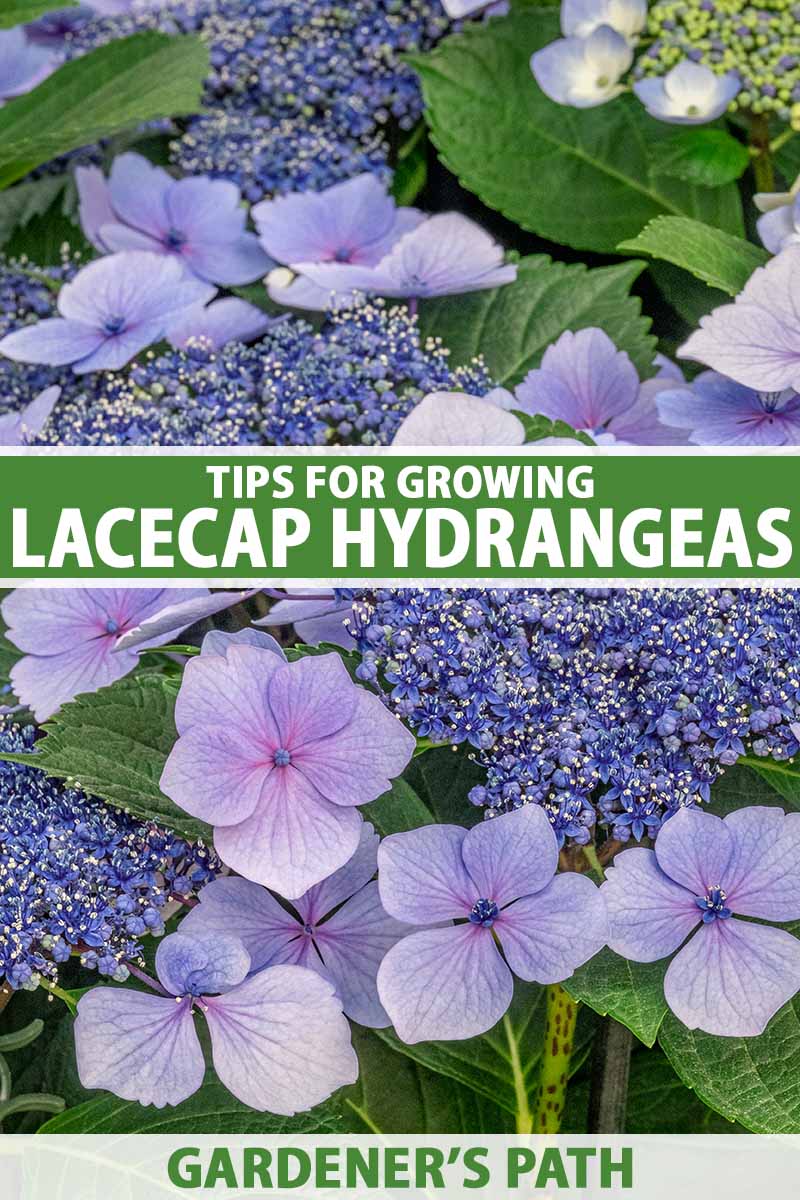
Growing Lacecap Hydrangeas
Lacecap hydrangeas are relatively easy to grow, but they do have some specific requirements. They prefer to be planted in partial shade, in soil that is rich and well-drained. Lacecap hydrangeas need regular watering, especially during the summer months.
To encourage reblooming, lacecap hydrangeas should be pruned in the spring. Pruning should be done before the plant begins to grow new leaves.
Caring for Lacecap Hydrangeas
Lacecap hydrangeas are relatively pest- and disease-free. However, they can be susceptible to powdery mildew. If you notice powdery mildew on your lacecap hydrangea, you can treat it with a fungicide.
Lacecap hydrangeas are also susceptible to iron deficiency. If your lacecap hydrangea's leaves are turning yellow, you can treat it with an iron supplement.
Conclusion
Lacecap hydrangeas are a beautiful and versatile addition to any garden. They are relatively easy to grow and care for, and they can provide years of enjoyment. If you are looking for a new hydrangea variety to add to your garden, lacecap hydrangeas are a great choice.
FAQ of lacecap hydrangea varieties
Q: What are lacecap hydrangeas?
A: Lacecap hydrangeas (Hydrangea macrophylla) are a type of hydrangea that is known for its delicate, lace-like flowers. The flowers are arranged in small clusters, with each cluster consisting of a central whorl of larger, fertile flowers surrounded by a ring of smaller, sterile flowers. The color of the flowers can vary depending on the acidity of the soil, with blue flowers typically found in acidic soil and pink or red flowers found in alkaline soil.
Q: What are the most popular lacecap hydrangea varieties?
A: Some of the most popular lacecap hydrangea varieties include:
- Annabelle: This variety is known for its large, white flowers that bloom in late summer.
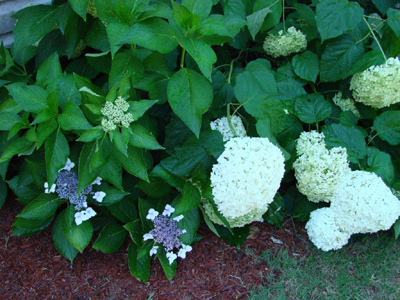
- Limelight: This variety has large, lime green flowers that bloom in early summer.
- Bluebird: This variety has small, blue flowers that bloom in late summer.
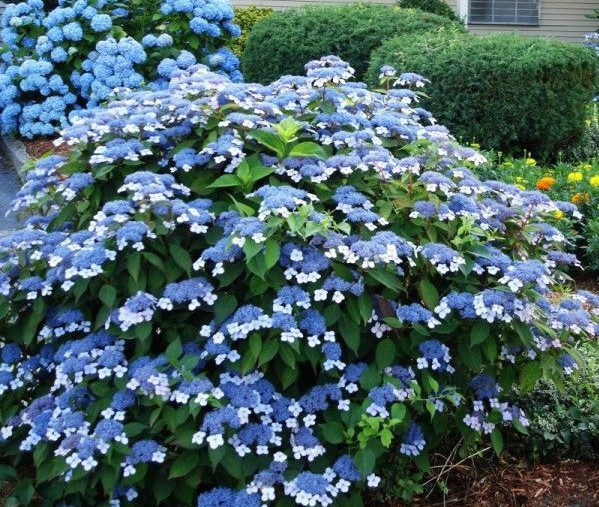
- Pink Annabelle: This variety is a mutation of Annabelle, with pink flowers instead of white.
- Serendipity: This variety has large, white flowers with a pink edge.
Q: How do I care for lacecap hydrangeas?
A: Lacecap hydrangeas are relatively easy to care for, but they do have a few specific requirements. They need full sun to partial shade, and they prefer a rich, well-draining soil. They should be watered regularly, especially during the summer months. The soil pH should be between 5.5 and 6.5 for the best flower color.
Q: How do I deadhead lacecap hydrangeas?
A: Lacecap hydrangeas should be deadheaded in the fall to encourage new growth and flowering the following year. Deadheading can be done by simply pinching off the spent flowers.
Q: How do I propagate lacecap hydrangeas?
A: Lacecap hydrangeas can be propagated by dividing the roots, by taking cuttings, or by layering. Dividing the roots is the most common method. To do this, carefully dig up the plant and divide the roots into several sections. Each section should have at least a few roots and a few shoots. Plant the divisions in a well-draining soil and water regularly.
Image of lacecap hydrangea varieties
- Annabelle: This is a popular variety of lacecap hydrangea that is known for its large, white flowers. It can grow up to 6 feet tall and wide.

- Limelight: This variety is known for its lime green flowers that turn pink in the fall. It can grow up to 5 feet tall and wide.
- PeeGee: This variety is known for its large, pink flowers that bloom in the summer. It can grow up to 8 feet tall and wide.
- Serrata: This variety is known for its small, blue flowers that bloom in the summer. It can grow up to 3 feet tall and wide.
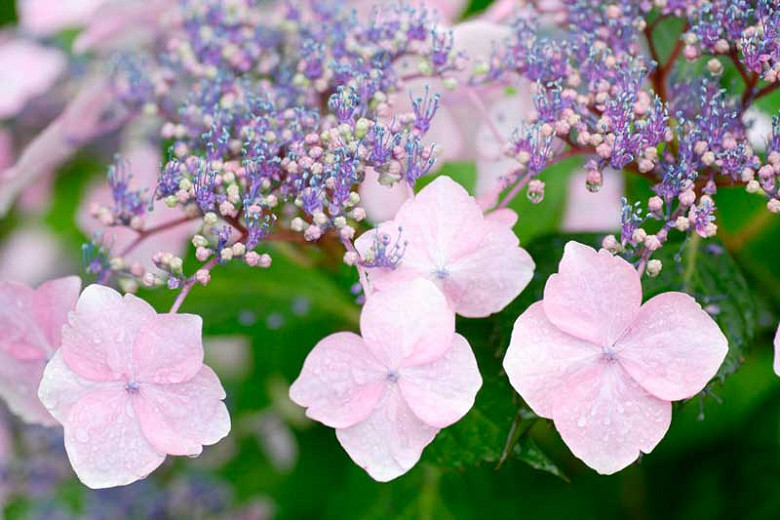
- Little Lime: This variety is a dwarf version of the Limelight lacecap hydrangea. It only grows up to 3 feet tall and wide.

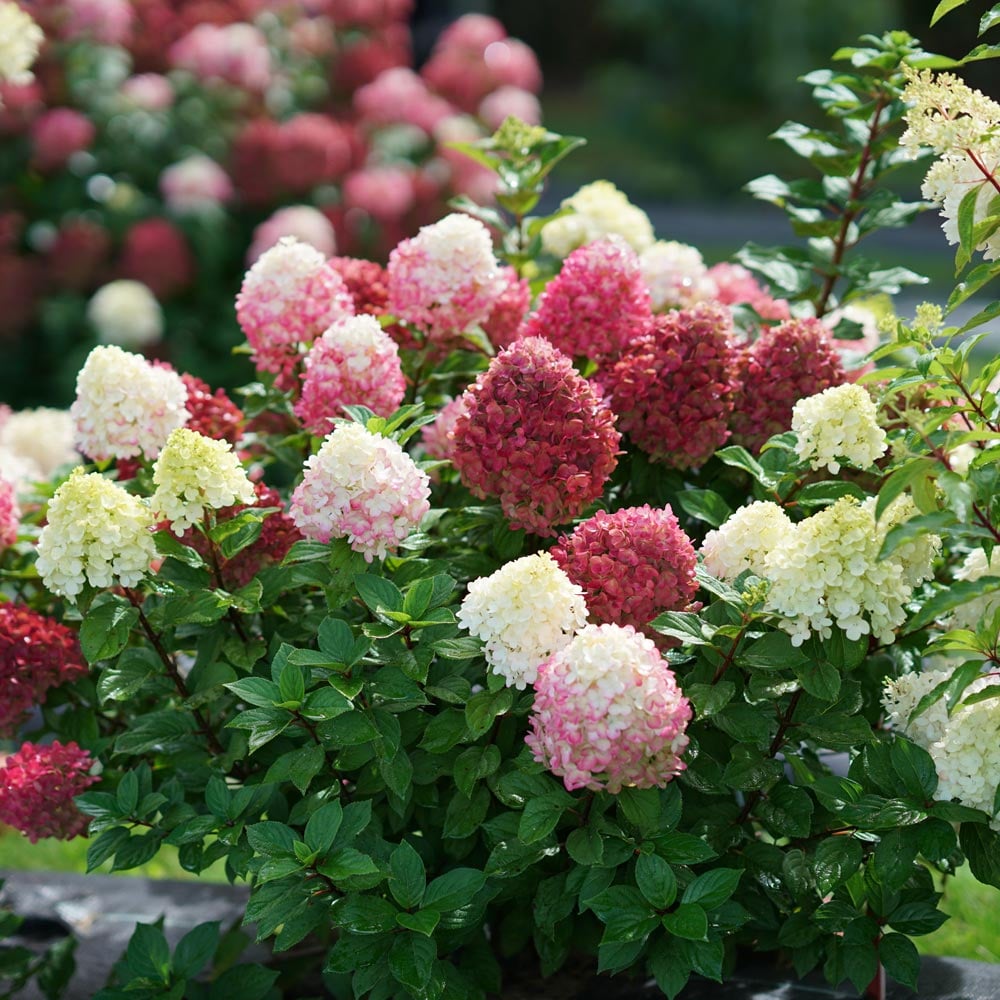
Post a Comment for " Lacecap Hydrangea Varieties That Will"